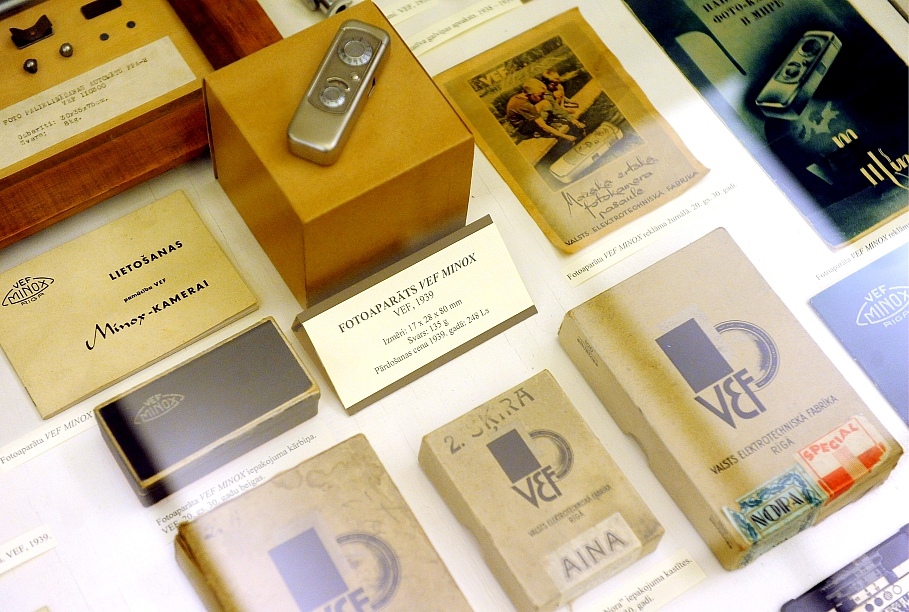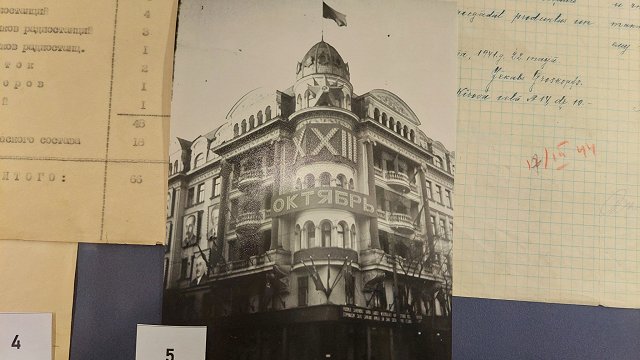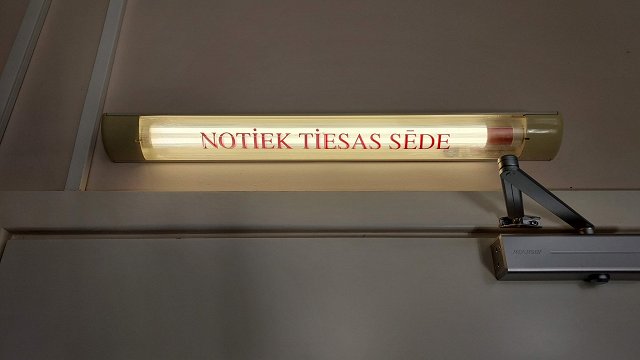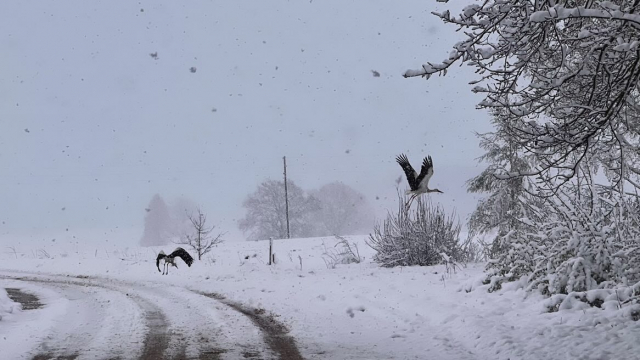Walter Zapp’s (Latvian: Valters Caps, 1905-2003) sub-miniature photo camera was smaller than a cigar and weighed less than a lighter. It was considered a miracle of analog technology. The miniature camera featured an excellent lens and its design anticipated future trends. It has a cult status among photographers up to the present day and can easily fit the palm of a secret agent.
During the Cold War, many a spy would take clandestine photos of classified documents with this precision gadget, initially manufactured in Rīga and later in Hessen. Zapp’s invention made him a pioneer of photography. But this was impossible to predict, as Zapp, born in 1905 in Rīga in a Baltic German family, had never wanted to become a photographer.
After he finished school in 1922, the Zapp family moved to neighboring Estonia. The young man would only reluctantly take up studies under fine art photographer Walter Lemberg. He later started working at a photography workshop in Tallinn.
The unwieldy cameras at the photographic studio were too heavy for Zapp’s sparse physique. Heavy photographic plate cameras were still widespread at the time, and they had to be mounted on wooden tripods. Zapp therefore came up with the idea of making a miniature camera, with its form made so trim it “disappears into a closed palm”.

But the idea was difficult to carry out. Due to financial difficulties, several years passed until Zapp could get a patent for the Minox. The young designer was able to assemble a functioning prototype by 1936. Despite the minuscule size, this camera took exceptionally sharp photos, and one could obtain a manifold magnification from its photo negatives the size of a human nail.
Zapp managed to sway the VEF (State Electrotechnical Factory) executives in Rīga with photo samples. After being redesigned technically, the photo camera entered commercial production on April 12, 1938; its film format was 8 x 11 mm. Not long after, it entered retail sales bundled together with accessories, becoming a sought-after item despite its rather steep price.
The first buyer was a diplomat. “Sadly, I understood at once that this meant espionage!” Zapp said in an interview a couple of decades later. He was not exactly delighted about this.
But his “spy camera” did become an indispensable accessory of this secretive guild. International spy agencies such as the CIA and the KGB used this camera on the field. Among the people who reportedly used Minox is Günter Guillaume, a spy from FDR who had infiltrated the office of the West German Chancellor Willy Brandt. Guillame’s exposure in May 1974 ultimately led to Brandt’s resignation.
The Minox camera became the perfect cinema prop, appearing in almost 40 films, including the classic James Bond movie On Her Majesty’s Secret Service and the satirical Korean war comedy M*A*S*H, as well as in a number of Pink Panther movies and other flicks.
By mid-WWII VEF manufactured about 17,000 units that were sold across the world. About 2,000 of these were sold with the label “Made in the USSR” after Soviet troops entered Latvia. At that time, Zapp had escaped to Germany with the Ur-Minox, a wooden model and a Rīga-made mass produced unit in his pocket. There, he would work at AEG in Berlin from 1941 to 1945.
As the disorders of war drew to a close, self-taught Zapp dared to start everything anew. In September 1945 Zapp and a business associate established Minox GmbH in Wetzlar, a town in Hessen. Two cigar tycoons joined the venture soon after as financiers. In 1948 the company moved to its new factory grounds in Heichelheim, near Gießen. But within two years, there arose a conflict with the new co-owners.
Zapp was excluded and left the company, sans patent. Afterwards, the inventor – technically gifted but without commercial savoir-faire – no longer played a role in the international success of Minox, of which more than a million units were sold, and other models. He moved to Switzerland with his family and earned a living fulfilling smaller orders. He died in 2003.
In the 1990s, a few years before his death, Zapp returned to the Minox company as a consultant and designer. At the turn of the millennium he visited his native land once again. He had last been there 60 years ago. During his visits to Rīga and Tallin, Zapp, 95 at the time, received awards for his life’s work. He was awarded an honorary doctorate of the Latvian Academy of Sciences, whereas in Estonia he partook in an honorary reception and was awarded a medal for distinguished work.
A couple years before the visit, the Estonian post office had released a postage stamp featuring a drawing of the Minox patent. Meanwhile the mass-manufacture designs for the VEF factory are now on show at the Latvian Museum of Photography, where part of the exhibition is dedicated to Zapp and the subminiature photo camera he created.
The German Traces series was first published as part of the Goethe Institut in Rīga project “German Footprints in Latvia” ("Vācu pēdas Latvijā" www.goethe.de/vacu-pedas). The linked mobile application "German Footprints in Latvia" can be downloaded at www.ej.uz/vp-iOS and www.ej.uz/vp-Android.


































